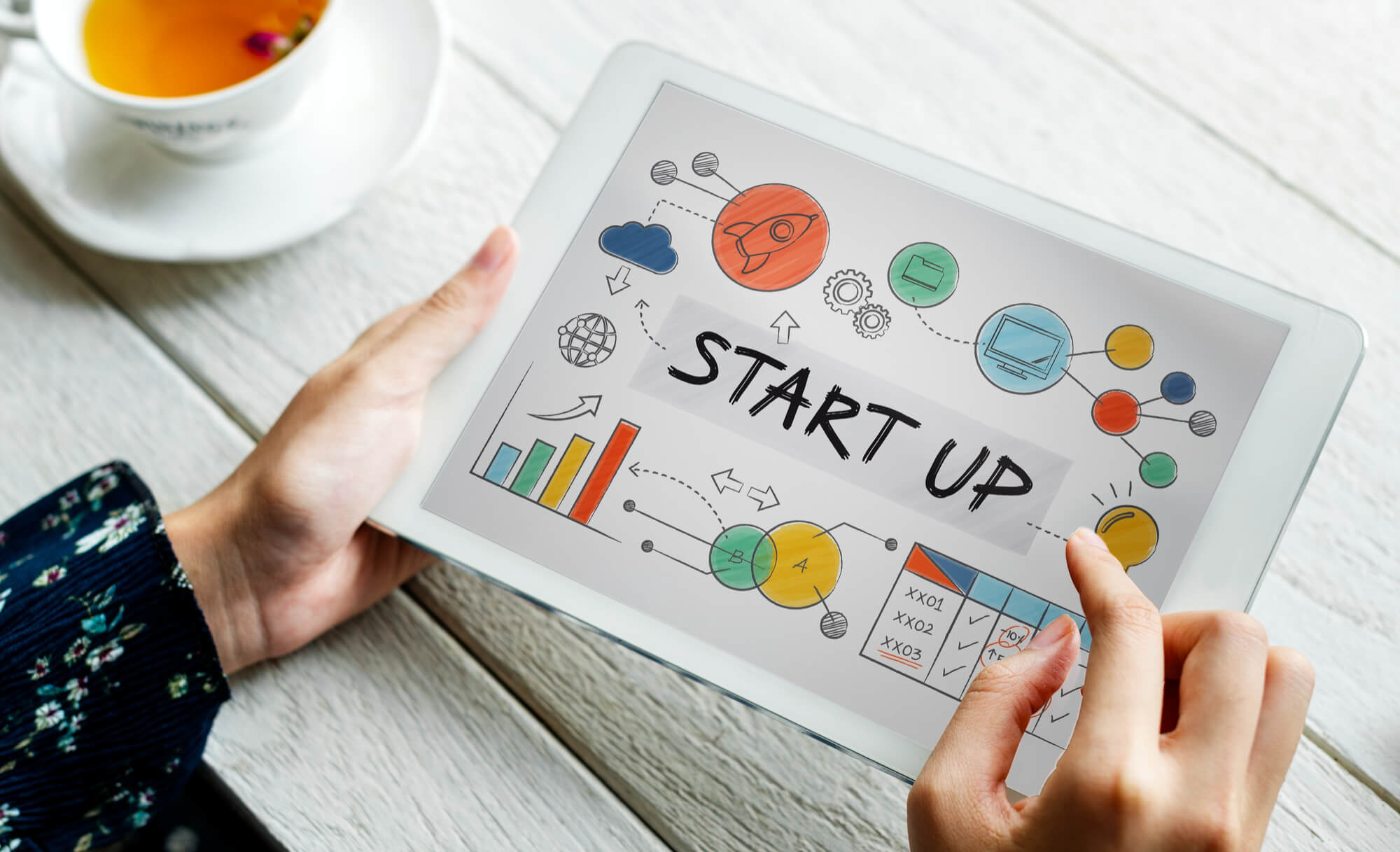Many business people in the country today certainly have heard of the lean startup method. Although not a lot of people know about what lean startup is in detail, this method is starting to be quite widely applied to various kinds of businesses these days.
The lean startup method has some interesting overview and there is no harm in trying to know a little about this one method. For more details, here’s the explanation.
Read also: Important Positions in Startup Organizational Structure
What is Lean Startup?
Lean startup (source: Freepik)
The first interesting thing to know is to understand what a lean startup is and how this method works in a business. As explained earlier, lean startup is one of the methods of building a startup company. This method is a way of creating a prototype that is tested on consumers so that the company can get feedback from consumers regarding a product.
Through this method, the company can collect as much input as possible to improve the managed business to be better following the feedback of the consumers. In addition, this method also allows companies to create the most appropriate products according to the needs of most consumers in general.
Also read: What is Pivot Strategy and When a Startup Needs to Use It
Purpose of Lean Startup
There are several functions and objectives in using the lean startup method. All these goals are beneficial for the company to be able to develop better in general.
First, the main goal of lean startups is to get input from users so that the company can find out what are the advantages and disadvantages of the product launched so that in the future, improvements can be made.
The next goal of this lean startup method is to ascertain the market or consumer response to a product being launched to see whether the product is quite successful in the community or not. Thus, the company can decide which products are worth developing and which are not.
Read also: 5 Main Role of Venture Capital on Startup Business
Basic Principles of Lean Startup
Not only the above goals and functions, this method also has important basic principles. Running a lean startup requires appropriate principles so that the goal can also be achieved well. Below are the five basic principles in carrying out the method:
1. It’s Everywhere
The first principle is that startups can be anywhere. You don’t have to be in one place to build your business. Run this business without restrictions on place and location so that it can develop better and faster.
2. Build, Measure, and Learn
The basic principle of lean startups is to capture as much input as possible from consumers who use products regularly or periodically so this user experience is an important part of the lean startup method in running a business.
Also read: Iterative Process: Definition and Its Importance for Startups
3. Proper Management
The next principle is the existence of proper management in managing startups. Since a startup is an institution and not a product to ensure this institution runs well, appropriate management is needed.
4. Validated Learning
Not only produce products and services for consumers, startups are basically an effort to build a sustainable business. So, from time to time, a startup must be able to know and learn which strategy is the most suitable in the business.
5. Focus on Innovation
Not only that, but a lean startup is principled to develop and build a business without limits. Anytime and anywhere, it is expected that the managed business can run optimally so that it is able to provide the results as desired by the business owners.
Therefore, this lean startup method prioritizes the principle to focus on innovation and the creation of the best and optimal products.
Read also: Crisis Management Plan, Is It Important for Startups?
Phase in Lean Start Up

Lean startup (source: Freepik)
Of course, in a lean startup there are several important phases that must be understood. Moreover, most people outside the business world do not know what the phase is like.
Therefore, you should pay attention to the following explanation. In general, the phase contained in a lean startup includes the following.
1. Building Phase
The first is the stage of building or creating products and services provided to consumers. This is the earliest step to take at the first moment. Determine what will be the product of the startup that is run first.
2. Measuring Phase
The next phase is measuring what the success of the launched product looks like. Get feedback from users to find out how successful these products and services are. This helps to grow the business better in the future.
3. Learning Phase
Finally, study every data and information received related to products and services at the beginning. From here it can help to be better prepared in launching products for a longer and stable period of time. Not only that, but the product can also be developed well.
Read also: The Differences Between Unicorn, Decacorn, and Hectocorn
Conclusion
From the explanation above, it can be concluded that the use of the lean startup method can help in building a startup company.
Prototype testing in lean startups helps companies know the market response and get input from users.
By knowing this, startup companies can evaluate a product before it is actually released to the market and optimize profits.



